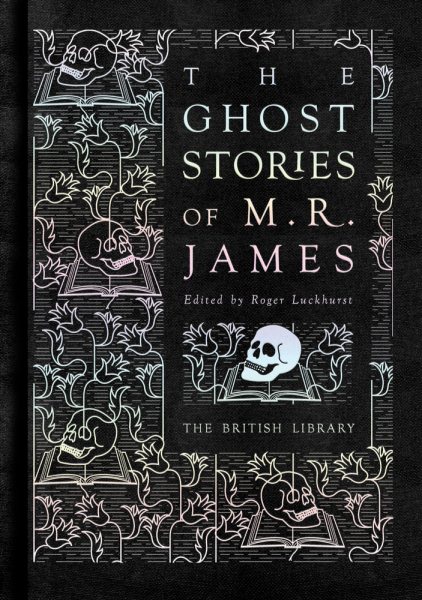
The 1860s, again, is a time that’s not often done so it presents those kinds of challenges. There are some very famous photographs of him with his curly hair and his slightly clerical look. I based the look of Jason’s character on Lewis Carroll. For Count Magnus I thought it’d be nice to do a very Victorian one, albeit in Sweden, so it’s a slightly different flavor. I chose that just because I hadn’t seen one done in the ’20s. Last year’s story, The Mezzotint, is set in the ’20s. The first one I did was The Tractate Middoth, set in the 1950s. I mean, I’ve tackled a few times over the years, and sometimes it becomes about which in. I think we sort of associate the BBC with it. It’s something that the BBC has always done very well. It’s set in 1863, so it’s inevitable, and there’s great joy in that. And although there are lots of other people I’d love to do, and also other people would love to do, we do tend to come back to him because he goes together with Christmas like chocolate and orange.ĭo you consider Count Magnus and the other Christmas ghost stories period dramas or traditional horror?Ĭount Magnus is a period drama. Everyone acknowledges that he’s the greatest. And I guess I remember, it must have been about 2005, I actually went to the BBC with a proposal to do a new one because they’d sort of stopped doing them in the early ’80s, really. Ghost stories are my favorite thing in the world.

I have particularly strong memories of a couple of them.

MARK GATISS: I grew up with the BBC versions in the 1970s.


 0 kommentar(er)
0 kommentar(er)
